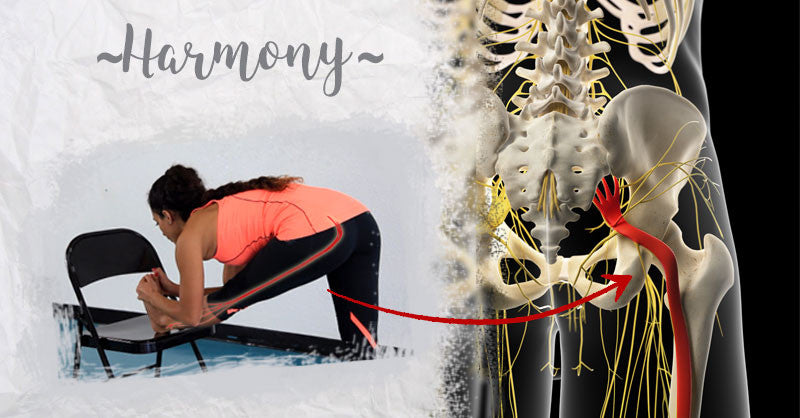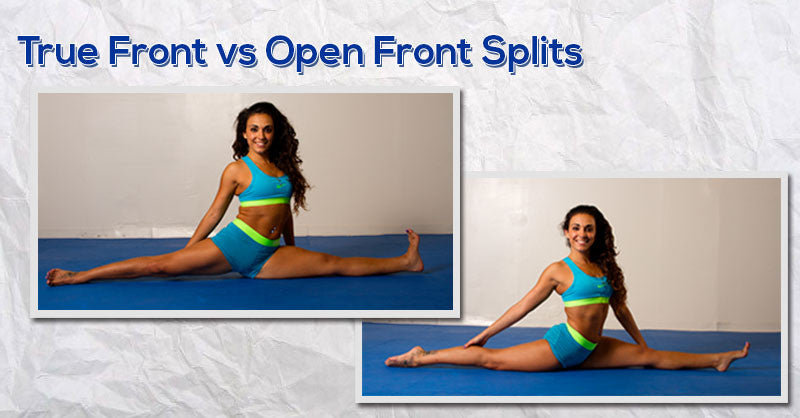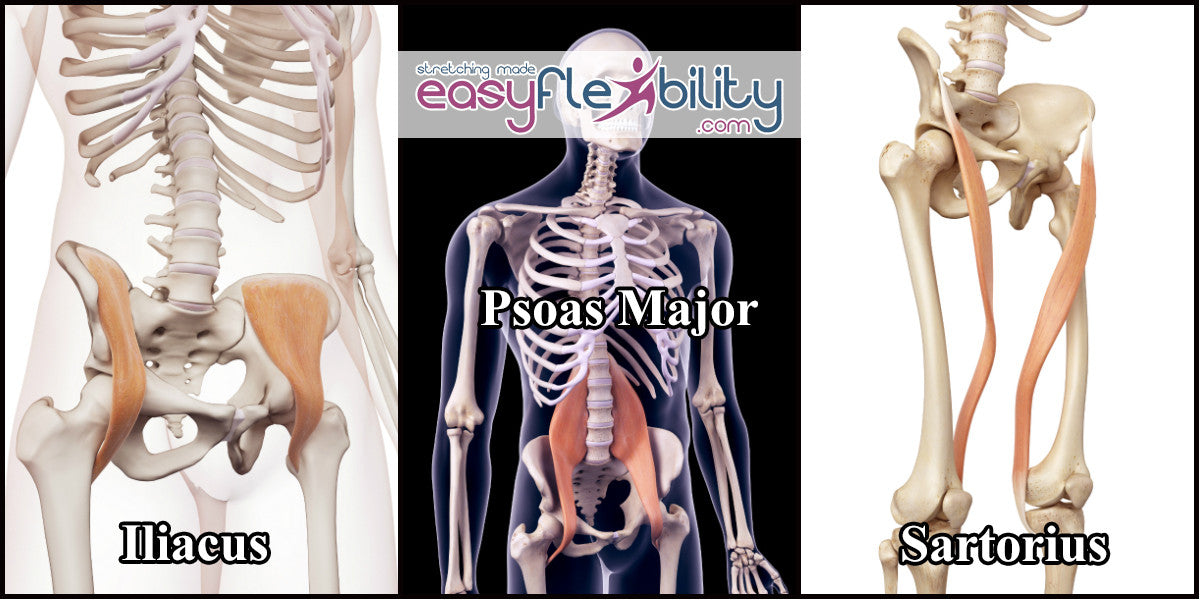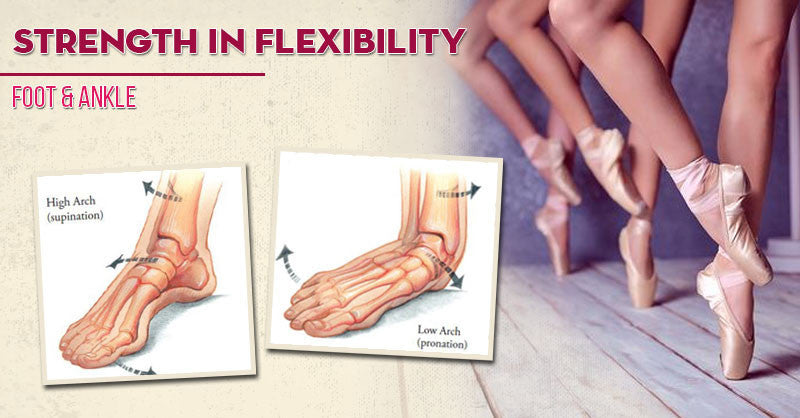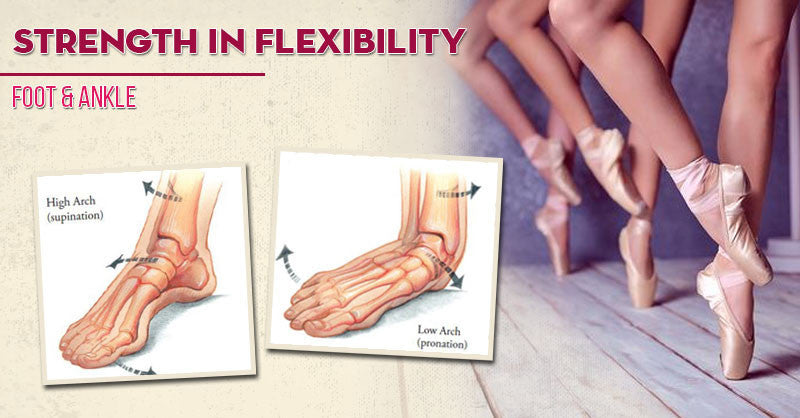The Symbiosis of Strength and Flexibility
Posted by EasyFlexibility Team on
The Symbiosis of Strength and Flexibility - they help each other survive, grow and prosper. A flexible athlete can produce more force and a strong athlete becomes flexible faster. Any Dancer, Martial Artist, Gymnast and any other athlete knows this. The list extends to swimmers, javelin throwers, baseball pitchers, and the list goes on and on.

However we are here at EasyFlexibility to talk about Flexibility training, and the best way to develop it, keep it and use it. Everyone who trains EasyFlexibility knows by now that adding strength exercises to stretching, hastens the results, protects form injury, etc.
A very common question that comes up is how to combine them. Strength is useful under two conditions:
- If it's used for pre-conditioning: then it can be in any range.
- If it's used to maintain flexibility or increase the rage of flexibility gain: then it must be used in new ranges only.

Referring to the first option, stretching is best received when the muscles are properly prepared, through basic conditioning exercises. Second option is the one, which we get questions the most. So how do we combine Zaichik Stretching, Extended Length Conditioning, Antagonist Short Length Conditioning and other exercises. Here is the answer:
How to Combine Strength and Flexibility
Where to Start
First we need to develop a deeper range that we want to keep and make ourselves comfortable in. Zaichik Stretching Techniques are used for that range. A skill is broken down into muscles, and each one is hit with ZST. Now you are deeper. If it's a kick or developpe, the leg can now be raised higher. If it's a split, forward or back bend, the angle is better. So now the strength exercises come in.

How to Pick the Right Exercises
The exercises chosen depend of course on the skill. The whole thing mentioned above is One Round.
- You did the stretching, you did the strengthening following the stretching. That is one round.
- Next you do a Second Round. Zaichik Stretching Techniques are repeated. Usually with additional reps or with modalities added.
- After the ZST are done, strength exercises are repeated.
What you will notice is that in the second round the ZST can take the joints into deeper range, courtesy of strength exercises. And the strength and form is better on the strength exercises, courtesy of the stretches.

- This is Second Round. A beginner will usually do 1-2 rounds.
- A 48 hour recovery is expected. In other words, if you trained on Monday, by Wednesday, there should be no soreness.
- If that is the case, you add a round. If on the other hand you are sore.
- You should wait till soreness goes away, and either drop a round or stay with the same number of rounds (If, you only did one round), till recovery takes 48 hours.
How to Recover Faster
In between the training sessions, relaxed stretches are recommended. At the same time, if you can do a relaxed stretching session on the same day as ZST and supported strength exercises, it's recommended as well.
So for example if you did an EasyFlexibility Program on Monday morning or mid-day, relaxed stretches can be done the same night, if time allows.






